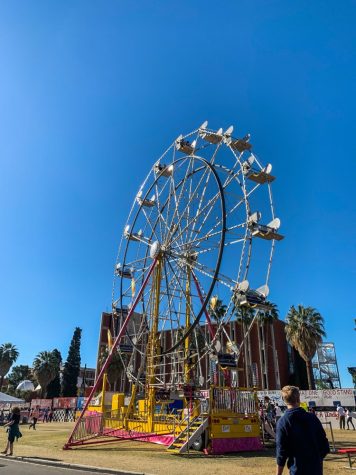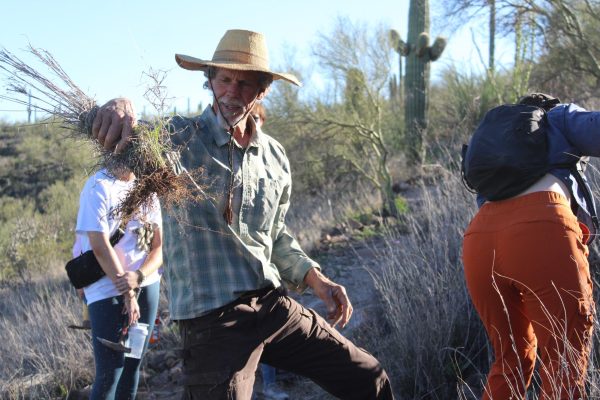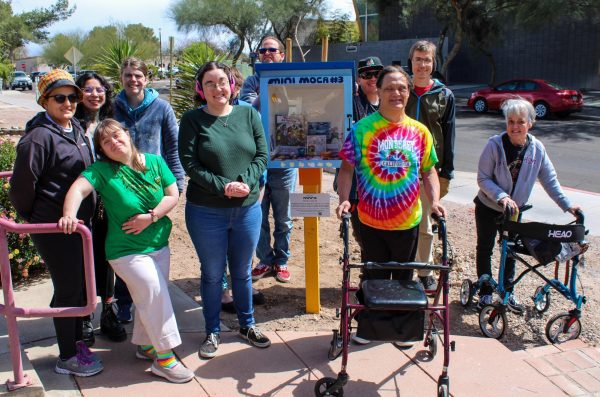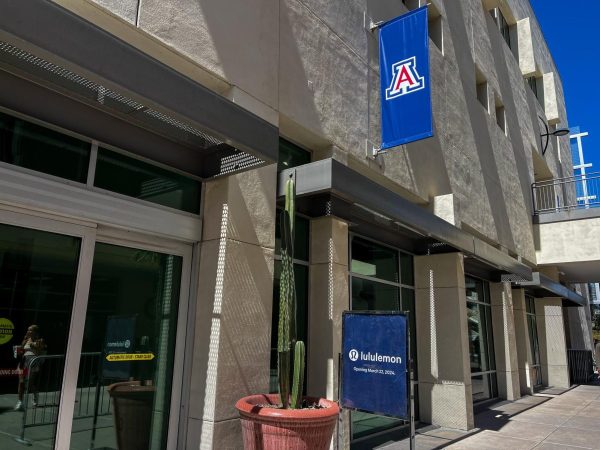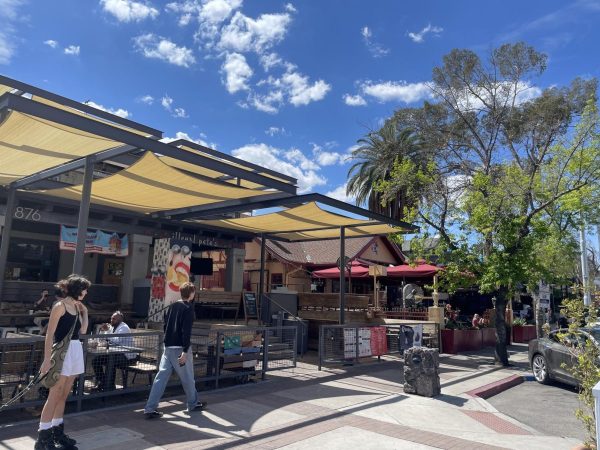“UA racing for the moon, $20 million”
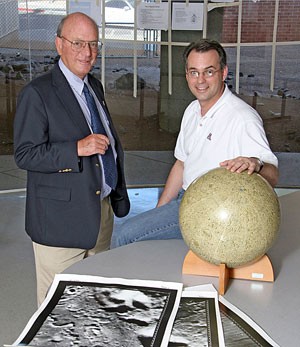
Michael Drake, left, director of the Lunar and Planetary Laboratory, and Dante Lauretta, an associate professor of planetary sciences, are leaders of a team of 30 students who are racing to get the first private robotic mission to the moon as part of the Google Lunar X PRIZE competition.
March 27, 2008
Science and Technology
The UA is in the midst of a $30 million international contest to get a spacecraft on the moon.
The UA was included among the first 10 teams announced last month to be participating in the Google Lunar X PRIZE competition, the first private robotic mission to the moon.
The UA’s Team Astrobotic is a partnership of the Lunar and Planetary Laboratory, Carnegie Mellon University and the Raytheon Co.’s Tucson-based Missile Systems. Its funding is being provided by UA research funds.
The team consists of 30 students who are working with the spacecraft design and 20 engineers and managers. Each team is required to go to the moon, travel on its surface for at least 500 meters and send photos or video back to Earth.
UA students comprising the technical team will “”purchase the rocket, build a landing platform and the rover and also build the cameras and antennae needed to send images back to earth,”” said Dante Lauretta, a deputy team leader and an associate professor in planetary sciences.
In addition to the requirements, Team Astrobotic’s robotic lander is going to do a never-before-done precision landing, attempting to fall within 100 meters of a target zone.
The team will also pursue the heritage and distance prizes.
The heritage prize will entail imaging man-made artifacts at the Apollo 11 landing site where Neil Armstrong first walked on the moon in 1969.
For the distance prize, the team will attempt to get its lander to travel at least five kilometers on the moon’s surface.
“”I think it is a great educational opportunity for the students who are working with an actual spacecraft that will visit the moon,”” Lauretta said.
Other teams in the race include Micro-space,
Odyssey Moon, Lunatrex, Quantum3 and Team Italia out of Italy.
The first team to complete the mission by Dec. 31, 2012 will win a $20 million prize. The second team will win $5 million and other teams can win $5 million in bonus prizes. Google Inc. is providing the prize money.
After Dec. 31, 2012, the grand prize drops to $15 million. The deadline to win any prize money is Dec. 31, 2014.
Lauretta would not disclose what progress his team has made and any expected landing date but said “”as soon as we have all the money, we will launch within 18 months of that date.””





